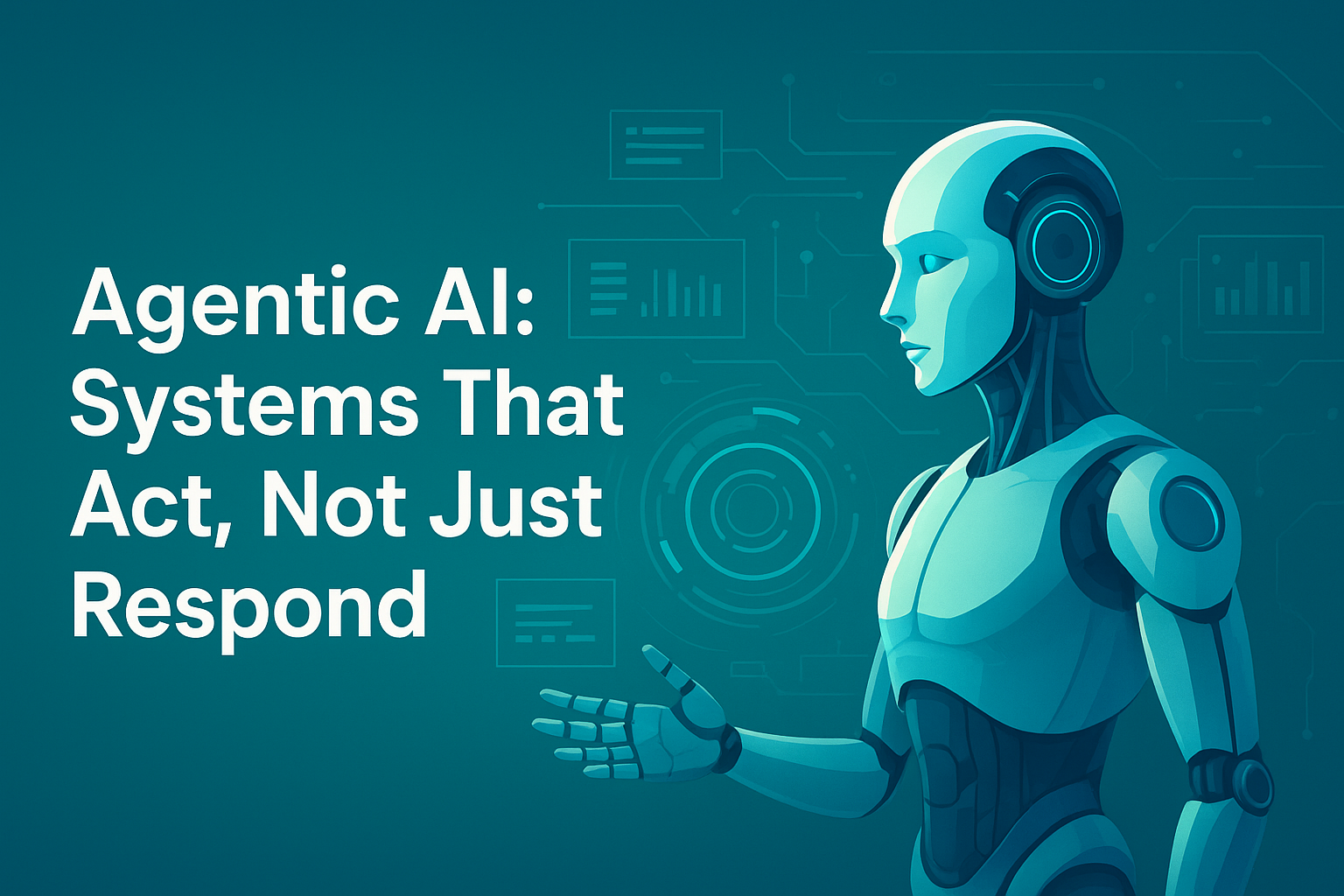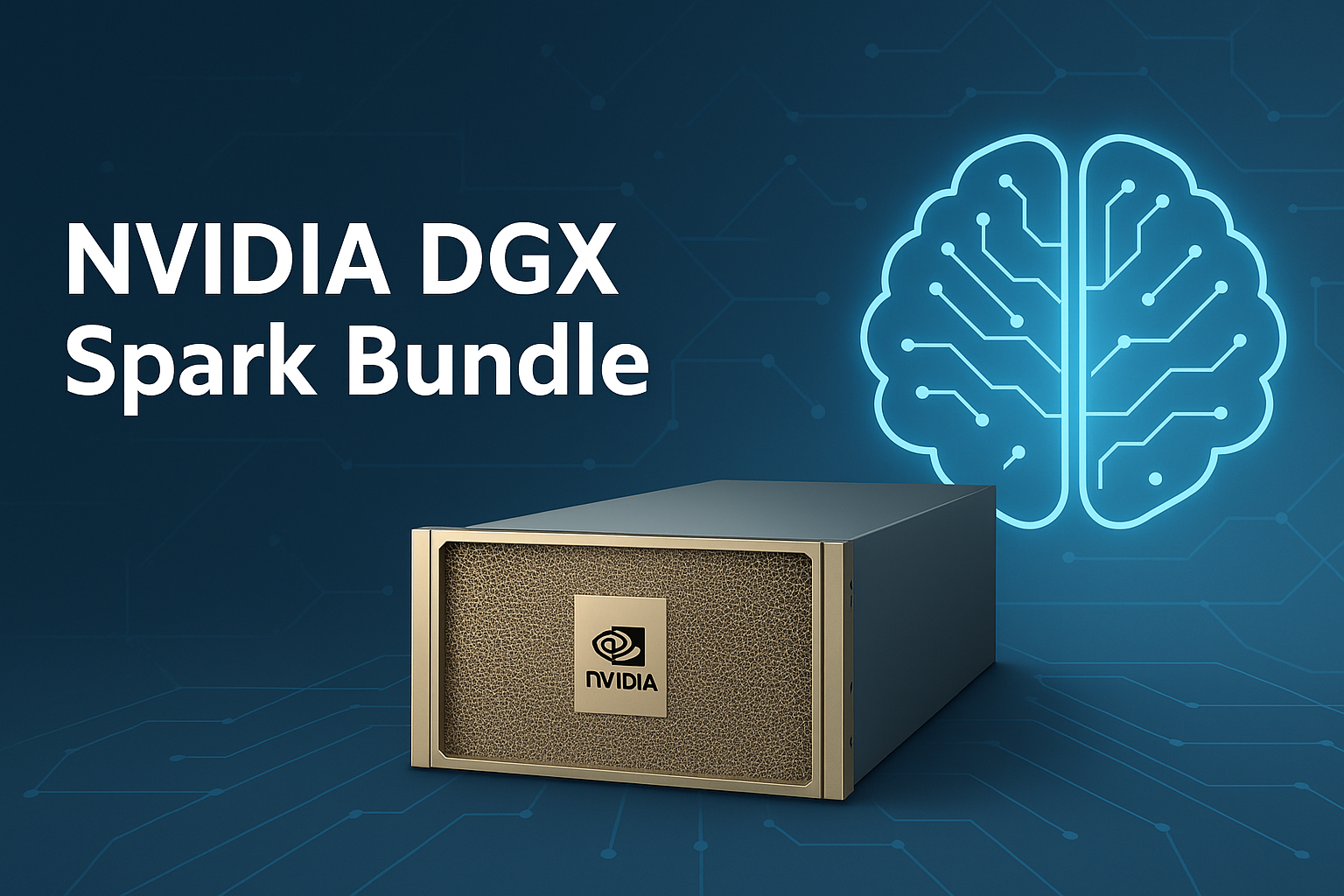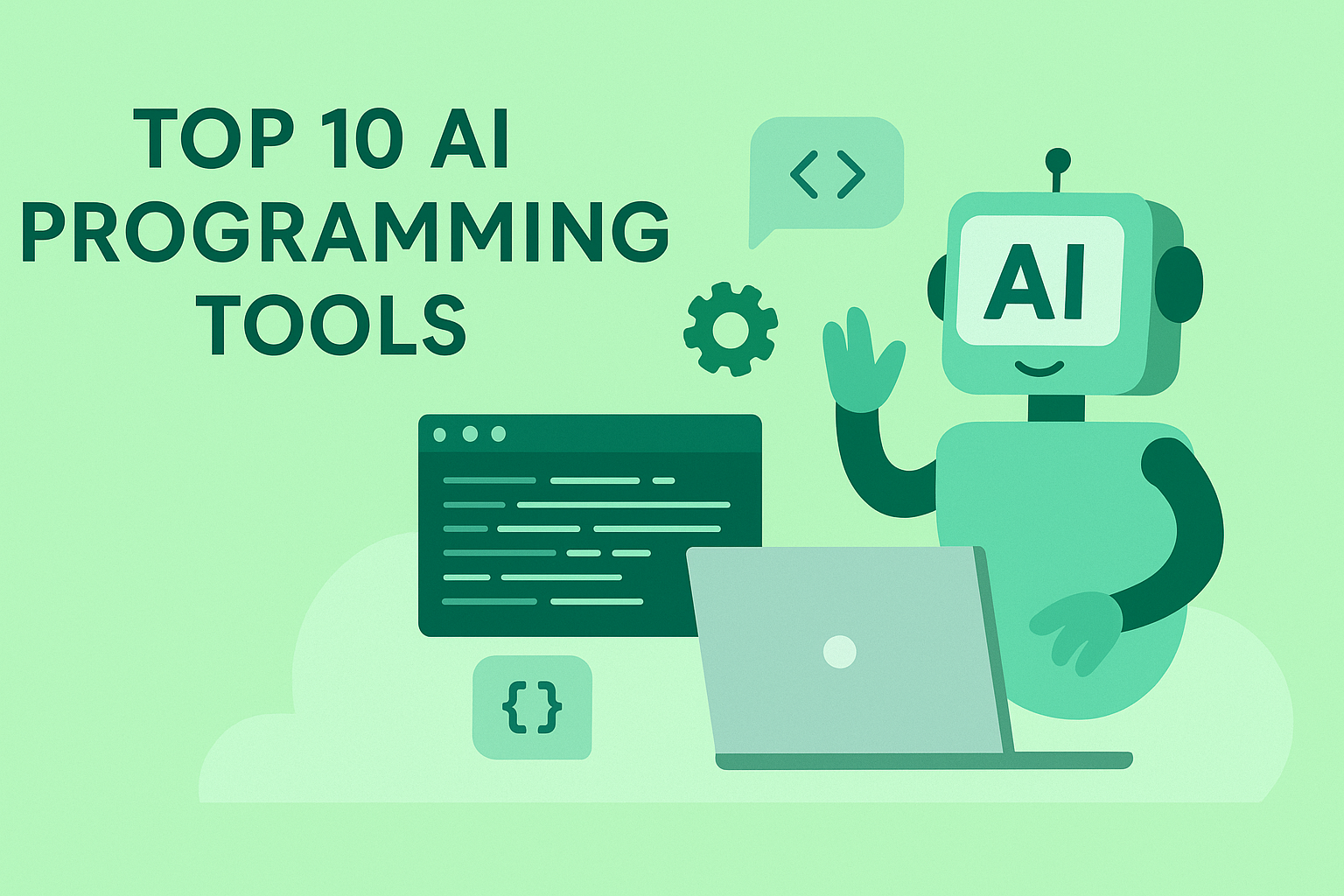Artificial Intelligence has always been about making machines think. But what if machines could do more than think what if they could act?
That’s where Agentic AI Systems come in. These are not just chatbots or predictive tools. They’re proactive, decision-making systems that can plan, execute, and adapt like digital agents with purpose.
Let’s dive into what makes Agentic AI different, how it works, and why it’s fast becoming the next major step in intelligent automation.
Understanding the Shift: From Reactive to Agentic AI
Traditional AI has been reactive. You give it an input; it gives you an output. You ask ChatGPT to write an email it writes one.
You feed a model sales data it predicts next month’s numbers. Simple cause and effect.
But Agentic AI is more like a collaborator than a tool. It doesn’t wait for instructions. It can take initiative, pursue goals, and execute multi-step tasks with minimal human supervision.
Imagine an AI system that notices your marketing campaign is underperforming.
Instead of just reporting the issue, it investigates possible causes, tests alternative ad copies, reallocates budgets, and reports the results all autonomously. That’s the essence of agentic behavior.
What Exactly Are Agentic AI Systems?
Agentic AI Systems are AI models designed to act autonomously toward achieving defined goals. They don’t just answer questions they take responsibility for actions that move a process forward.
Think of them as digital agents equipped with three critical abilities:
- Perception – Understanding data from various sources such as text, images, or system logs.
- Reasoning – Making informed decisions based on that information.
- Action – Executing steps toward a specific outcome.
These systems rely on large language models, memory modules, and external tool integrations to function more like self-managing assistants than chatbots.
The Core Components of Agentic AI
Agentic AI isn’t one single model it’s a layered ecosystem combining several technologies. Here’s how it typically works:
1. The Cognitive Core
This is powered by large language models (LLMs) like GPT-4 or Claude. The LLM interprets instructions, reasons through problems, and decides what actions to take next. It provides the “thinking” layer.
2. The Memory System
Unlike standard AI tools that reset after each prompt, Agentic AI has memory persistence. It stores context, decisions, and outcomes to improve over time. Memory gives these agents continuity and learning ability across tasks.
3. Tool and API Integration
Agentic AI connects with third-party applications and APIs. For instance, an AI marketing agent can access Google Ads, analytics dashboards, and CRM systems to perform actions just like a human digital marketer.
4. Feedback Loops
Self-correction is built in. After each action, the AI evaluates its results and adjusts the next steps automatically. This is where the system truly becomes “agentic” it learns from its own experience.
How Agentic AI Differs from Traditional AI
| Feature | Traditional AI | Agentic AI |
|---|---|---|
| Input Handling | Responds to user queries | Acts autonomously based on objectives |
| Learning | Static model-based | Continuous self-learning and adaptation |
| Decision-Making | Human-driven | AI-driven with human oversight |
| Task Complexity | Limited to single-step tasks | Handles multi-step workflows |
| Interaction | Transactional | Goal-oriented and ongoing |
The difference is subtle yet profound. Instead of being a passive responder, the AI becomes a proactive participant in the workflow.
Examples of Agentic AI in Action
To truly understand Agentic AI Systems, let’s look at some real-world examples where these systems are already making an impact.
1. Autonomous Business Assistants
Companies are deploying AI agents that manage repetitive back-office tasks. For example, an agent can monitor sales pipelines, follow up with leads, and even draft client proposals automatically.
2. AI for Code Maintenance
Developers use AI agents that continuously review codebases, detect bugs, propose optimizations, and even commit code updates autonomously on GitHub. They act like tireless teammates who never sleep.
3. Research & Data Aggregation
In academia or journalism, AI agents can scan hundreds of documents, summarize findings, and even fact-check claims freeing professionals to focus on deeper analysis.
4. Financial Portfolio Management
Financial institutions are experimenting with agentic systems that monitor market conditions, rebalance portfolios, and adjust risk exposure based on real-time data.
5. Customer Support Agents
Instead of waiting for a user query, an agentic system might detect that a customer’s subscription failed to renew and automatically initiate a support conversation or payment recovery flow.
The Building Blocks: How to Create an Agentic AI System
If you’re wondering how to build your own Agentic AI System, here’s a simplified roadmap.
Step 1: Define the Goal
Every agent starts with a clear objective whether it’s automating sales outreach, managing data pipelines, or monitoring performance metrics. The more specific the goal, the better the results.
Step 2: Select the AI Foundation
Choose a model that supports reasoning and tool use. Large language models (LLMs) are ideal since they can handle natural language, context switching, and complex task management.
Step 3: Connect Tools and APIs
Integrate the AI with external tools like Slack, Google Workspace, CRMs, or project management apps so it can take real actions, not just generate text.
Step 4: Add Memory and Context Management
Use vector databases or memory modules to help the AI retain context between sessions. This allows it to “remember” previous interactions and make informed decisions.
Step 5: Implement Control and Safety Layers
Since Agentic AI acts autonomously, it’s essential to build monitoring mechanisms that track actions, flag anomalies, and enforce compliance with company policies.
Why Agentic AI Matters for Businesses
Businesses are adopting Agentic AI because it transforms productivity and operational efficiency. Here’s why it’s more than just a tech buzzword.
1. True Automation
Instead of automating individual tasks, these systems automate entire processes—from data gathering to action execution. This allows human employees to focus on creativity and strategy.
2. Cost and Time Efficiency
Agentic AI reduces the need for micromanagement. Once trained and deployed, an AI agent can handle multiple operations simultaneously at a fraction of the cost of manual labor.
3. Continuous Optimization
These systems learn from outcomes and optimize their own performance without external reprogramming. It’s like having a self-improving employee who never takes breaks.
4. Scalable Intelligence
As more agents are added, they can collaborate or communicate, forming a digital workforce capable of handling vast and interconnected tasks across departments.
Ethical and Governance Challenges
Autonomy brings responsibility. Agentic AI raises new questions about accountability, transparency, and control.
1. Who’s Responsible When AI Acts?
If an agent executes a decision that causes an error or loss, determining liability can get complex. Legal frameworks are still catching up to this reality.
2. Avoiding Bias and Data Misuse
Since agents make decisions based on data, they must be trained responsibly. Biased or incomplete data can lead to unintended actions or ethical concerns.
3. Ensuring Human Oversight
While the AI acts autonomously, human supervision should remain. Businesses should define escalation rules and keep humans in the loop for critical actions.
4. Security Considerations
Autonomous systems with tool access can pose security risks if not properly sandboxed. Encryption, role-based permissions, and activity logs are vital.
The Future Outlook of Agentic AI Systems
The rise of Agentic AI Systems hints at a future where digital agents will manage large portions of operational workflows, communication chains, and decision-making loops.
Soon, organizations might deploy teams of AI agents that collaborate like departments marketing agents, finance agents, HR agents all interconnected and self-regulating.
These agents will share data, coordinate tasks, and evolve through learning.
In education, we could see AI mentors that personalize learning journeys. In healthcare, agents could handle patient monitoring, report generation, and follow-ups autonomously.
The long-term impact isn’t just efficiency it’s a new kind of partnership between humans and intelligent systems where work becomes more strategic, creative, and meaningful.
Conclusion
Agentic AI represents a turning point in artificial intelligence from passive assistance to active collaboration.
These systems can think, plan, act, and learn with minimal human input. For businesses, that means smarter automation, greater adaptability, and exponential scalability.
However, with that power comes a duty to ensure transparency, ethical alignment, and responsible oversight.
The organizations that embrace Agentic AI Systems early thoughtfully and strategically will be the ones that lead the next wave of digital transformation.
The key is not to fear autonomous AI, but to guide it with clear goals, data integrity, and a human-centered vision.




